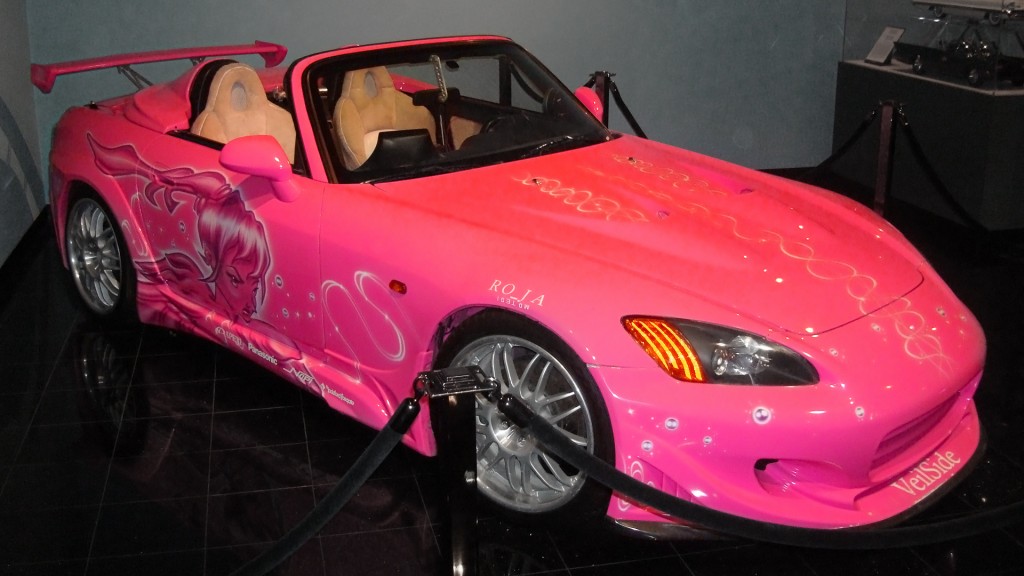Tasteful Modification
Fast Hondas have an image problem. From The Fast and the Furious to the “VTEC just kicked in, yo!” meme, our cars have become associated with an unpleasant stereotype: ignorant, obnoxious drivers; street racing; and the infamous “fart can” exhaust.
This stereotype is aggravated to no end by the tendency of our community to customize their cars with the frippery of faux performance. It may well be the right of each individual to modify their vehicle as they see fit, either to express themselves or with the intent of improving upon its capabilities, but one man’s treasure is another’s trash (and vice versa). A clear boundary should be drawn between modifications which are purely cosmetic in nature, and those that actually improve performance.
Wheels with more camber than the Pyramids; discount-store tires stretched until the sidewalls are almost invisible; diffusers and sideskirts with no undertray to provide the requisite airflow; bare carbon body panels for “light weight” on the same car with a thousand-watt stereo; none of these should be confused with truly functional alterations.
The S2000’s suspension kinematics took Honda’s best engineers thousands of man-hours to develop. Slammed ride heights, inappropriate camber settings, and lowering springs are demonstrably detrimental to the car’s handling. Cheap tires are simply disrespectful to the car as a whole- if you are willing to spend thousands of dollars on wheels, you should be willing and able to fit tires of OEM quality or better. As for bodywork, it takes hundreds of hours and thousands of dollars to fit and finish something as simple as a bumper to OEM standards. That level of investment and effort should always be embraced; if one’s budget does not stretch that far, consider a different means of personalizing your vehicle.
Too many owners spend copious amounts of money on their car, transforming it into a unique but functionally compromised creation, and then discover an interest in the S2000’s prodigious performance potential. At their first trackday, autocross, or time attack session, they find that their investments are at best a hindrance, or at worst hideously vulnerable to the stresses of track driving. The result is generally the removal of those modifications, either by the owner or by curbing blocks, tire walls, gravel traps, and so on.
It is my firm belief that, prior to modifying their car, every S2000 owner should be required to attend, at a minimum, a regional SCCA autocross. In addition to granting a clearer perspective on potential performance gains, it would allow exposure to more experienced individuals, and to the thought process and techniques used to build a real racecar.
The first aftermarket part anyone should buy is a set of magnetic numbers.
Agree? Disagree? Express yourself (tastefully) in the comments.
Pictures courtesy of F&F


